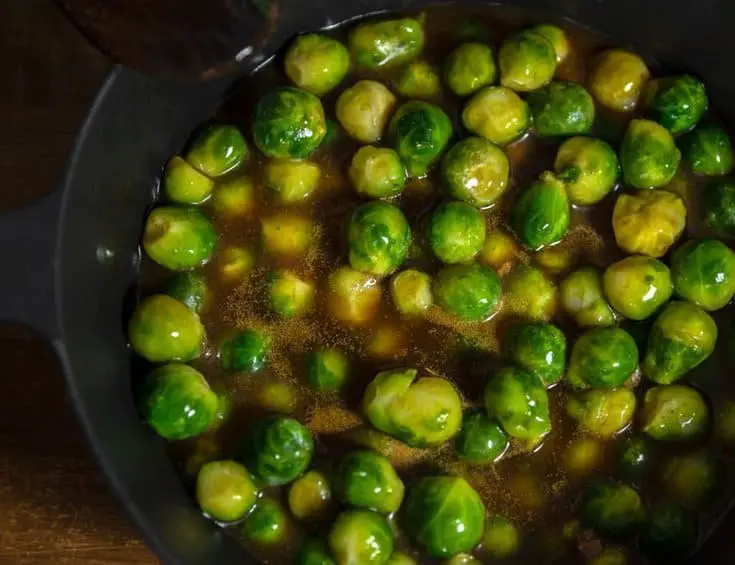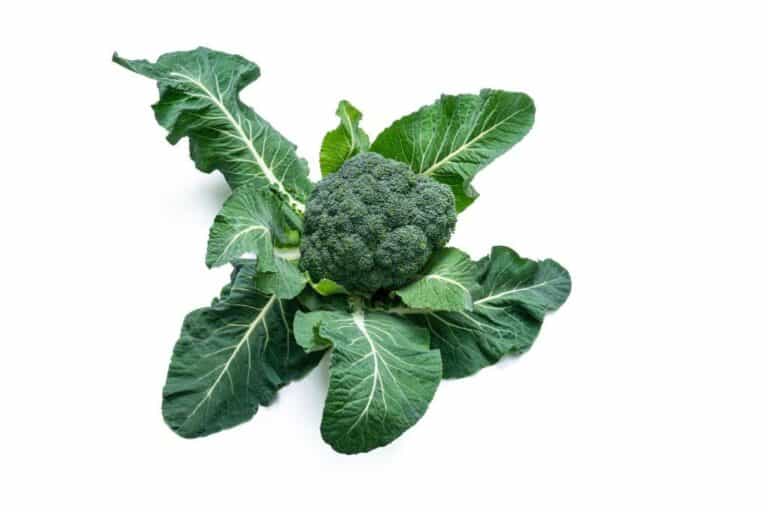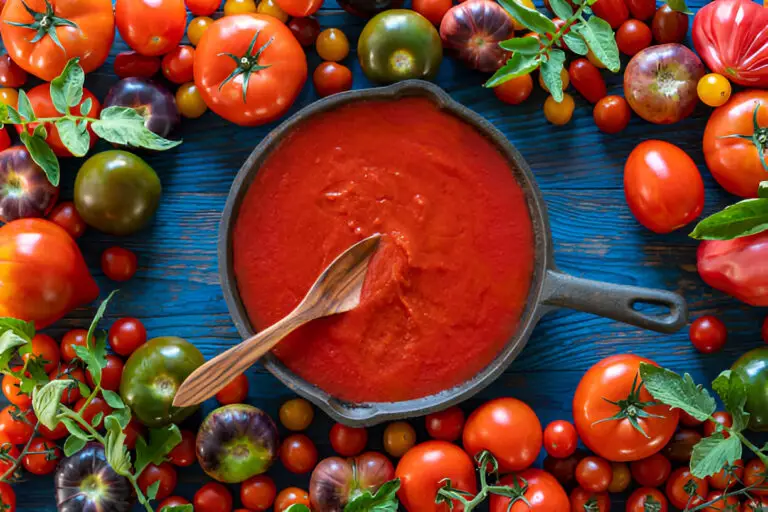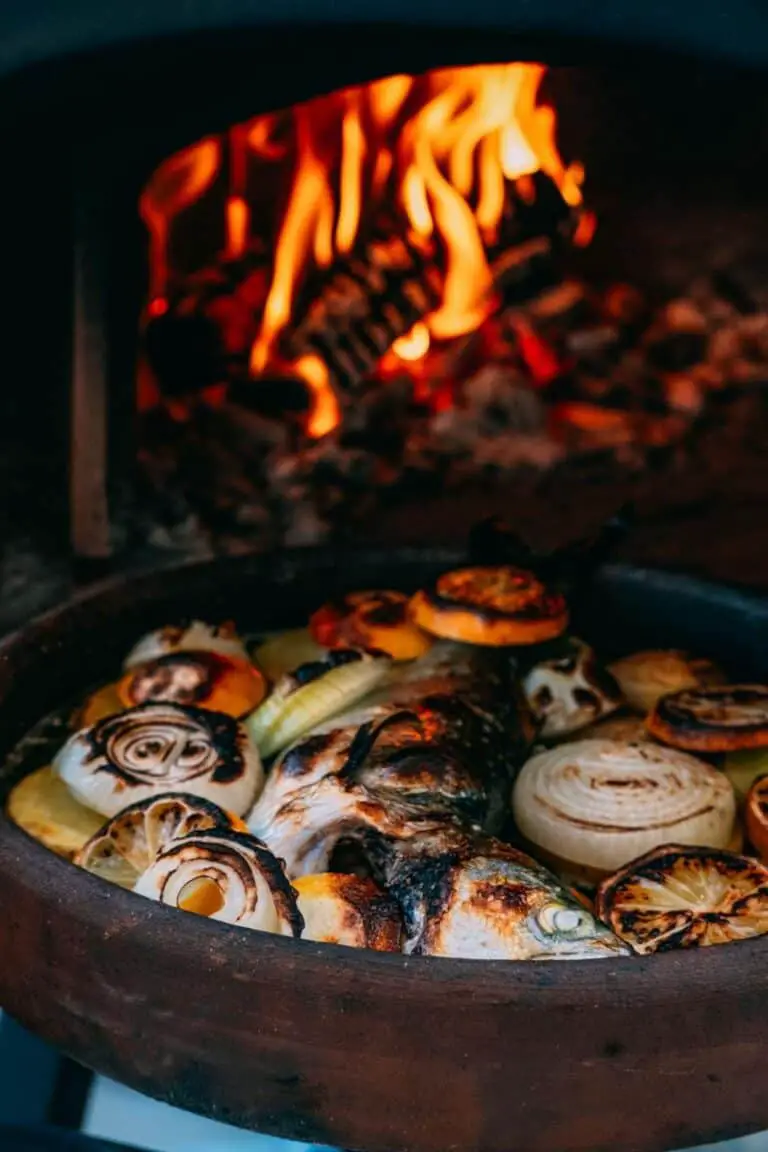Can You Eat Unripe Acorn Squash? Is It Safe to Eat?
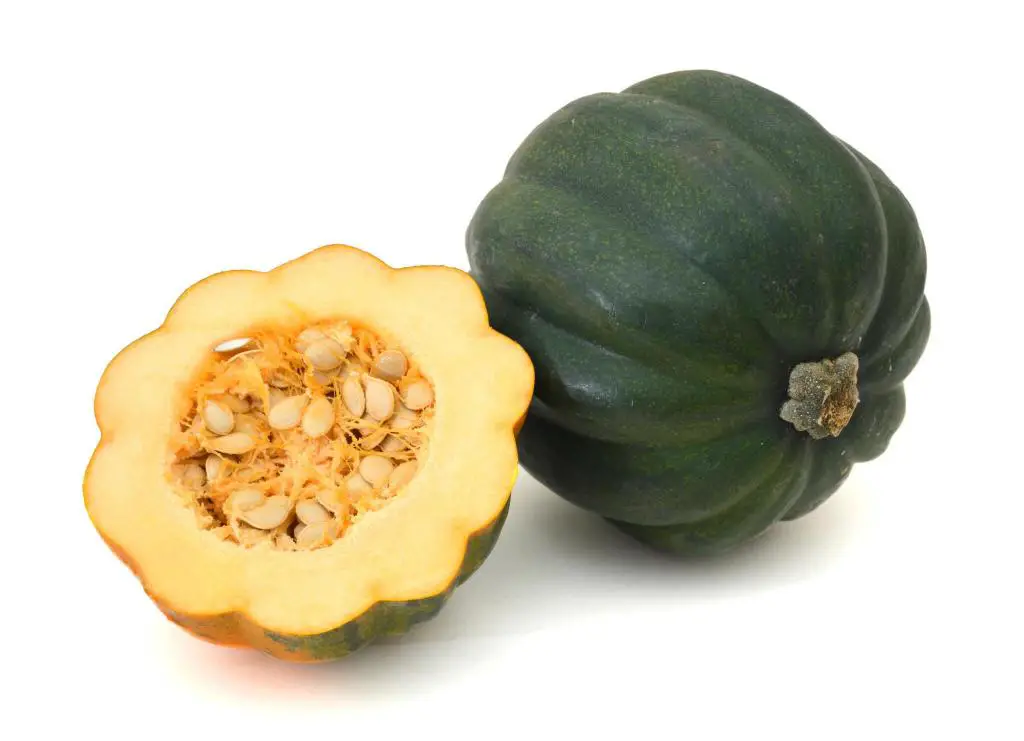
Acorn squash, with its vibrant green skin and distinctive shape, is a beloved staple in many kitchens. Its sweet and nutty flavor makes it a versatile ingredient that can be enjoyed in a variety of dishes. Whether roasted to perfection, stuffed with savory fillings, or pureed into comforting soups, the humble acorn squash never fails to delight taste buds.
But what happens when you come across an unripe acorn squash? Is it safe to eat? Can you salvage your culinary plans, or should you toss them aside? These are important questions that gardeners and home cooks may find themselves asking when faced with an immature specimen from their fall harvest.
In this article, we will explore the topic of eating unripe acorn squash. We’ll delve into the potential risks and benefits, providing evidence-based information to help you make an informed decision about whether to consume these underdeveloped gourds.
Can You Eat Unripe Acorn Squash? Is It Safe to Eat?
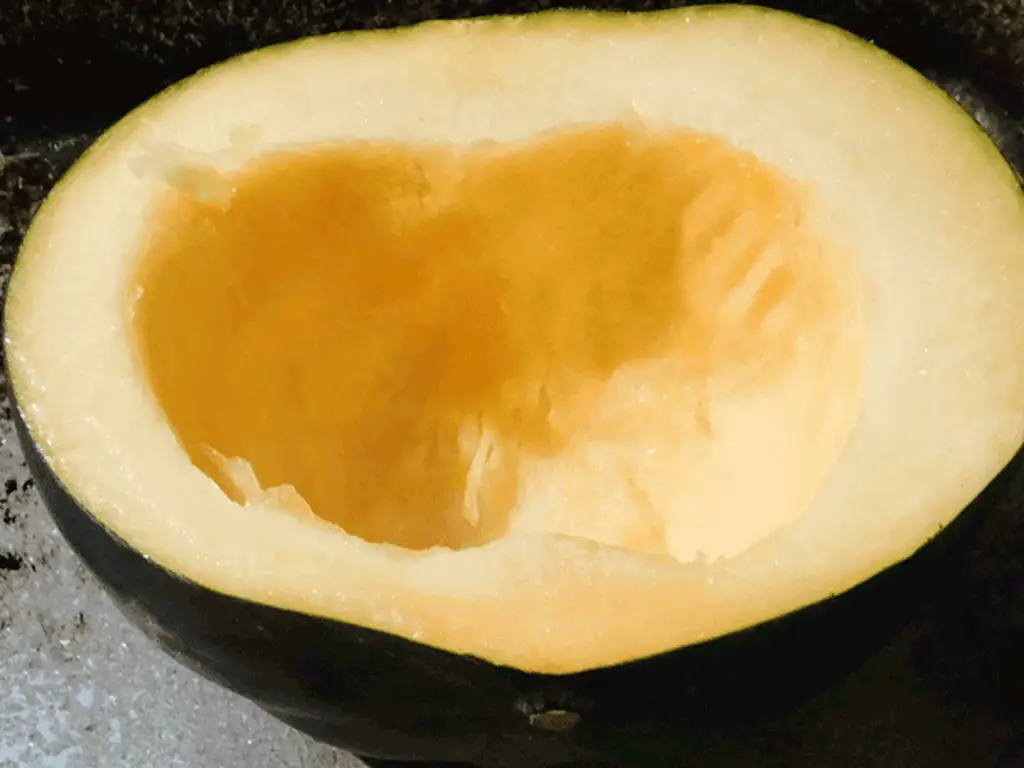
Yes, you can eat unripe acorn squash, but it might be a bit underripe and have less flavor. Acorn squash is safe to eat when it is pale yellow or orange, and it is always fine to eat squash harvested early. However, it is more ripe when it starts turning orange.
If you picked the squash early and it is pale yellow, it should be safe to eat, but the taste might be affected. If you have unripe squash that you want to consume, you can continue to ripen them indoors by placing them in a sunny spot and turning them occasionally until they reach the proper color for eating.
This process might take some time, but it will allow the squash to develop a more mature flavor and texture.
How to Identify Unripe Acorn Squash
The ripeness of acorn squash can greatly impact its flavor, texture, and overall appeal as a culinary ingredient. When it comes to identifying whether an acorn squash is ripe or unripe, there are a few key factors to consider.
Firstly, the color of the skin plays a significant role. Ripe acorn squash typically has a dark green skin with hints of orange or yellow. On the other hand, unripe squash tends to have a lighter shade of green and may even appear pale.
Another important aspect to consider is the firmness of the flesh. Ripe acorn squash should feel relatively firm when gently pressed but still have some give without being overly soft or mushy. In contrast, unripe squash will be noticeably harder and more difficult to press down on.
Lastly, pay attention to the stem at the top of the fruit. A mature and fully ripe acorn squash generally has a dry and woody stem that easily separates from the fruit when twisted gently. Conversely, if you find that it is challenging to remove or if there is any moisture around the stem area, this indicates that it may still be unripe.
Identifying an unripe acorn squash is crucial before considering whether it should be eaten or not. You can be sure that your squashes are ready to eat or need more time on the vine if you know how to use these visual and tactile cues to tell when they are ready.
Utilize a simple table for quick reference:
| Visual | Color | Texture | Stem | Underside |
| Unripe | Lighter or yellow patches | Smooth | Dry or shriveled | Creamy |
| Ripe | Deep green | Slightly rough | Green and flexible | Deep orange |
Edibility of Unripe Acorn Squash
Most culinary experts recommend waiting for acorn squash to fully ripen before consuming it. There are some situations where eating unripe squash may be feasible. Unripe acorn squash will have a pale green color and firm texture, lacking the sweetness and tenderness that develop as it matures.
While unripe acorn squash isn’t poisonous or harmful in small quantities, its flavor can be quite unpleasant. The flesh of unripe squashes tends to be more fibrous and less sweet compared to ripe ones. The seeds within unripened squash may not have developed properly and could taste bitter or even cause digestive discomfort if consumed.
In terms of nutrition, unripe acorn squash still offers certain benefits. It contains vitamins A and C, potassium, fiber, and antioxidants that contribute to a healthy diet. However, these nutrients are typically more abundant in mature squashes.
Therefore, when considering whether to consume unripened acorn squash for nutritional purposes alone or wait until it fully ripens, this becomes an important factor.
If you find yourself with an abundance of under-ripened acorn squashes from your garden or local market, there are ways to salvage them. Cooking methods such as roasting or grilling can help soften their tough texture while bringing out some sweetness through caramelization. You can also try incorporating chunks of firmer-acidic fruits like apples or pears during cooking for added sweetness and complexity.
Nutritional Value Comparison
There are a few important differences between ripe and unripe acorn squash when it comes to their nutritional value. Ripe acorn squash is known for its vibrant orange color and sweet flavor, which indicates that it is fully mature and has reached its full potential in terms of nutrient content. High in vitamins A and C, as well as potassium and fiber, ripe acorn squash makes a nutritious addition to any meal.
On the other hand, unripe acorn squash may not have developed its characteristic sweetness or vibrant color. This means that it might not be as nutrient-dense as its ripe counterpart.
While unripeness does not necessarily render the squash unsafe to eat, nutritionally speaking, you won’t get the same bang for your buck. Unripe acorn squash may lack some of the higher levels of vitamins found in ripened fruit but can still provide a decent dose of dietary fiber.
Eating unripe acorn squash in your diet should be done cautiously. The potential health implications largely depend on each individual’s tolerance for undercooked or slightly bitter foods.
Potential Risks of Consuming Unripe Acorn Squash
While acorn squash is a delicious and nutritious addition to any meal when it’s fully ripe, consuming unripe acorn squash can pose potential risks. One of the main concerns is the presence of toxins called cucurbitacins, which are naturally occurring compounds found in all members of the cucurbit family, including squashes.
These compounds give a bitter taste to some wild relatives of cultivated squashes and act as a defense mechanism against herbivores.
Unripe acorn squash contains higher levels of cucurbitacins compared to its fully ripened counterparts. Consuming excessive amounts can cause digestive issues such as stomach cramps, nausea, diarrhea, or even vomiting. This bitterness may be an indication that the squash is unripe and should not be consumed unless cooked properly.
It’s important to note that while most commercially grown acorn squashes have been bred to reduce these toxins and ensure they are safe for consumption even when slightly underripe, occasionally you may encounter an overly bitter one from your own garden or local farmers’ market.
Benefits of Eating Ripe Acorn Squash
If you want the best taste and nutrition from acorn squash, you should wait until it is fully ripe before eating it. While the temptation to enjoy this versatile vegetable may be strong, letting it reach its peak maturity offers a host of benefits.
Firstly, ripe acorn squash simply tastes better. As the fruit matures on the vine, its natural sugars develop and impart a rich sweetness that can elevate any dish. The flesh becomes tender and buttery, making it more enjoyable to eat both raw or cooked.
Not only does waiting for full ripeness result in superior taste, but it also maximizes the nutritional value of acorn squash. Research suggests that unripe fruits generally have lower levels of vitamins, minerals, and antioxidants compared to their ripe counterparts.
By patiently allowing your acorn squash to mature on the vine until it turns deep green with an orange undertone, you can ensure you’re getting all the nourishing goodness this delicious vegetable has to offer. So resist the urge for instant gratification and savor the rewards by enjoying ripe acorn squash at its best!
Ways to Use Unripe Acorn Squash if Desired (Pickling Methods)
If you find yourself with a harvest of unripe acorn squash, don’t despair! There are ways to salvage these underdeveloped fruits and turn them into something delicious. One method that works well with unripe acorn squash is pickling.
Pickling is a great way to preserve the texture and flavor of unripe vegetables. To start, slice the unripe acorn squash into thin rounds or wedges. Next, create a brine by combining water, vinegar (white or apple cider), sugar, and salt in a saucepan. Bring the brine to a boil until the sugar and salt have dissolved completely.
Once your brine is ready, place your sliced acorn squash in sterilized glass jars and pour the hot brine over them. You can also add spices like mustard seeds, dill seeds, or red pepper flakes for added flavor. Seal the jars tightly and let them cool to room temperature before transferring them to the refrigerator.
Allow at least 24 hours for the flavors to meld together before tasting your pickled, unripe acorn squash. The tangy acidity of pickling will help counterbalance any bitterness that may be present due to their immaturity. Enjoy your pickled creation as an accompaniment to charcuterie boards or sandwiches for an unexpected twist!
Cooking Techniques for Unripe Acorn Squash
When it comes to unripe acorn squash, there are a few cooking techniques that can help transform the green and firm flesh into a delicious meal. One popular method is roasting.
Start by slicing the unripe acorn squash in half lengthwise and removing the seeds. Add salt, pepper, and any additional spices you want, such as cinnamon or paprika, after drizzling olive oil over each half. Place them cut-side down on a baking sheet lined with parchment paper and roast in a preheated oven at 400 degrees Fahrenheit for about 30–40 minutes until tender.
In addition to roasting, another technique worth trying is grilling. Cut the unripe acorn squash into thick slices (about 1/2 inch) and brush them lightly with olive oil to prevent sticking. Season with your choice of herbs, such as rosemary or thyme, and place directly on a preheated grill over medium-high heat. Grill each side for approximately 4-5 minutes until they develop char marks and become slightly softened.
For those looking for an alternative method, steaming can also work well with unripe acorn squash. Simply peel off the skin using a vegetable peeler or sharp knife, then cut the flesh into smaller cubes or chunks. Place them in a steamer basket over boiling water and steam for about 10–15 minutes until fork-tender but still retains some of its crunchiness.
Tips for Speeding Up Ripening Process at Home
If you find yourself with an unripe acorn squash and can’t wait any longer to enjoy its delicious flavors, there are a few tricks you can try to speed up the ripening process.
One method is to place the squash in a brown paper bag, which helps trap the ethylene gas released by the fruit and promotes faster ripening. Be sure to leave some space in the bag for air circulation.
You can also add a ripe banana or apple inside the bag with the unripe acorn squash. These fruits release high levels of ethylene gas, which acts as a natural ripening agent. Just remember to check on them daily and remove any overripe fruits that may cause spoilage.
Another technique is to place the squash near other ripe fruits, such as tomatoes or avocados. The close proximity will expose it to more ethylene gas and encourage fast ripening.
Lastly, storing unripe acorn squash in a warm area of your home—around 70–75 degrees Fahrenheit—can help speed up the maturation process. But be careful not to store it in direct sunlight or at excessively high temperatures, as this may lead to premature decay.
By utilizing these tips, you may be able to enjoy your unripe acorn squash sooner than expected! Remember, though, that while these methods have proven successful for many people, they might not always guarantee perfect results since ripening still depends on factors like variety and maturity level when harvested
Best Practices for Handling and Cooking Ripe vs. Unripe Acorn Squash
When it comes to handling and cooking acorn squash, knowing the difference between ripe and unripe varieties can significantly impact your culinary experience. Ripe acorn squash is sweet, tender, and perfect for roasting or baking into comforting dishes.
On the other hand, unripe acorn squash tends to be firm, starchy, and less flavorful. But fear not! With a few tips and tricks up your sleeve, you can still make the most out of an unripe acorn squash.
Firstly, when handling both ripe and unripe acorn squashes, always wash them thoroughly under running water before preparing or cooking them. This helps remove any dirt or potential contaminants that may be on the skin. Additionally, consider using a vegetable brush to scrub away any stubborn residues.
Determining whether an acorn squash is ripe or unripe at first glance can be a challenge since both might have similar appearances. However, one useful indicator is their color: mature squashes typically develop a deep green color with patches of orange or tan, while unripened ones tend to have vibrant green skin with no orange hues present.
| Related: Can Acorn Squash Be Canned? (Preserving Acorn Squash) |


